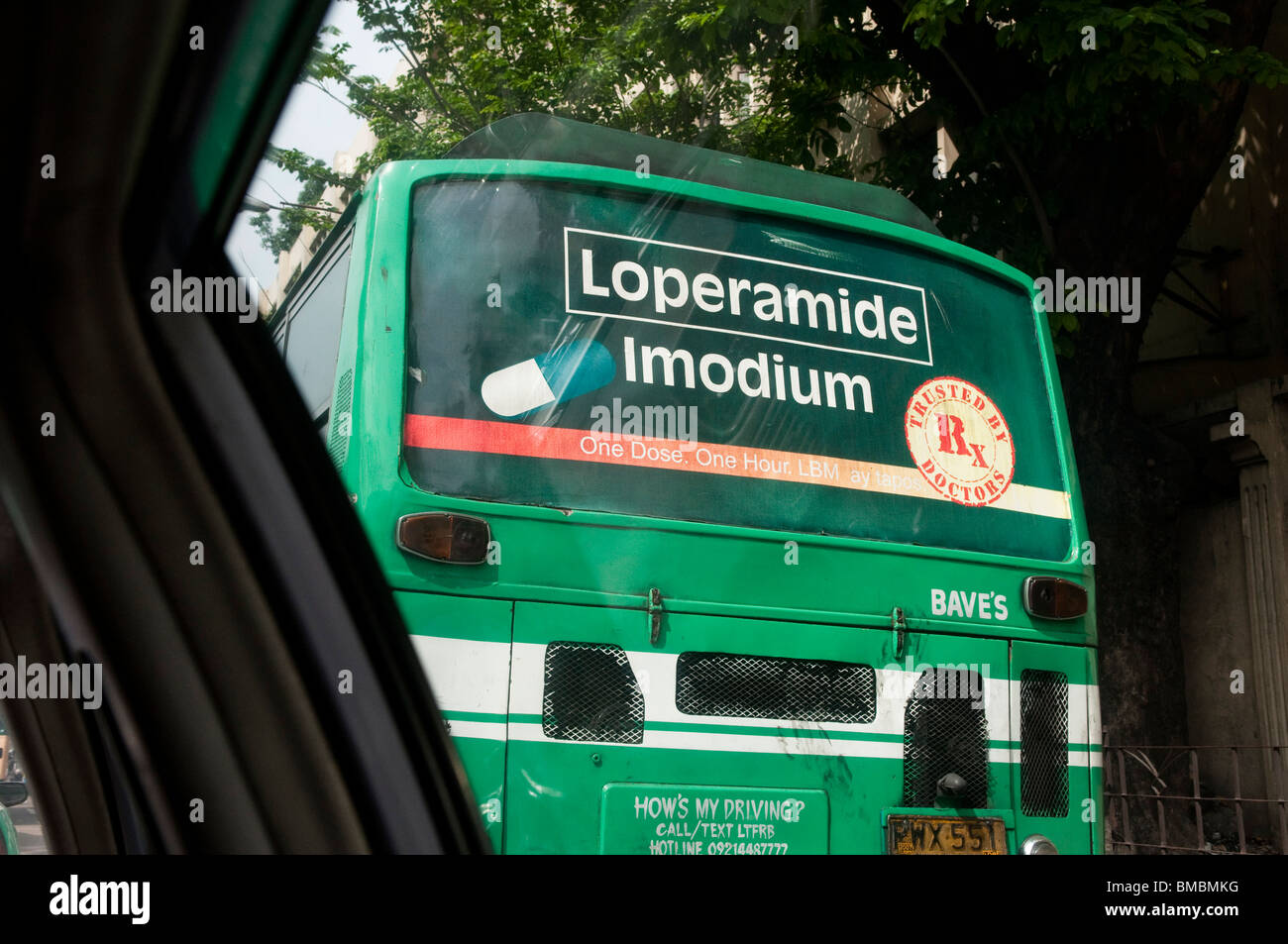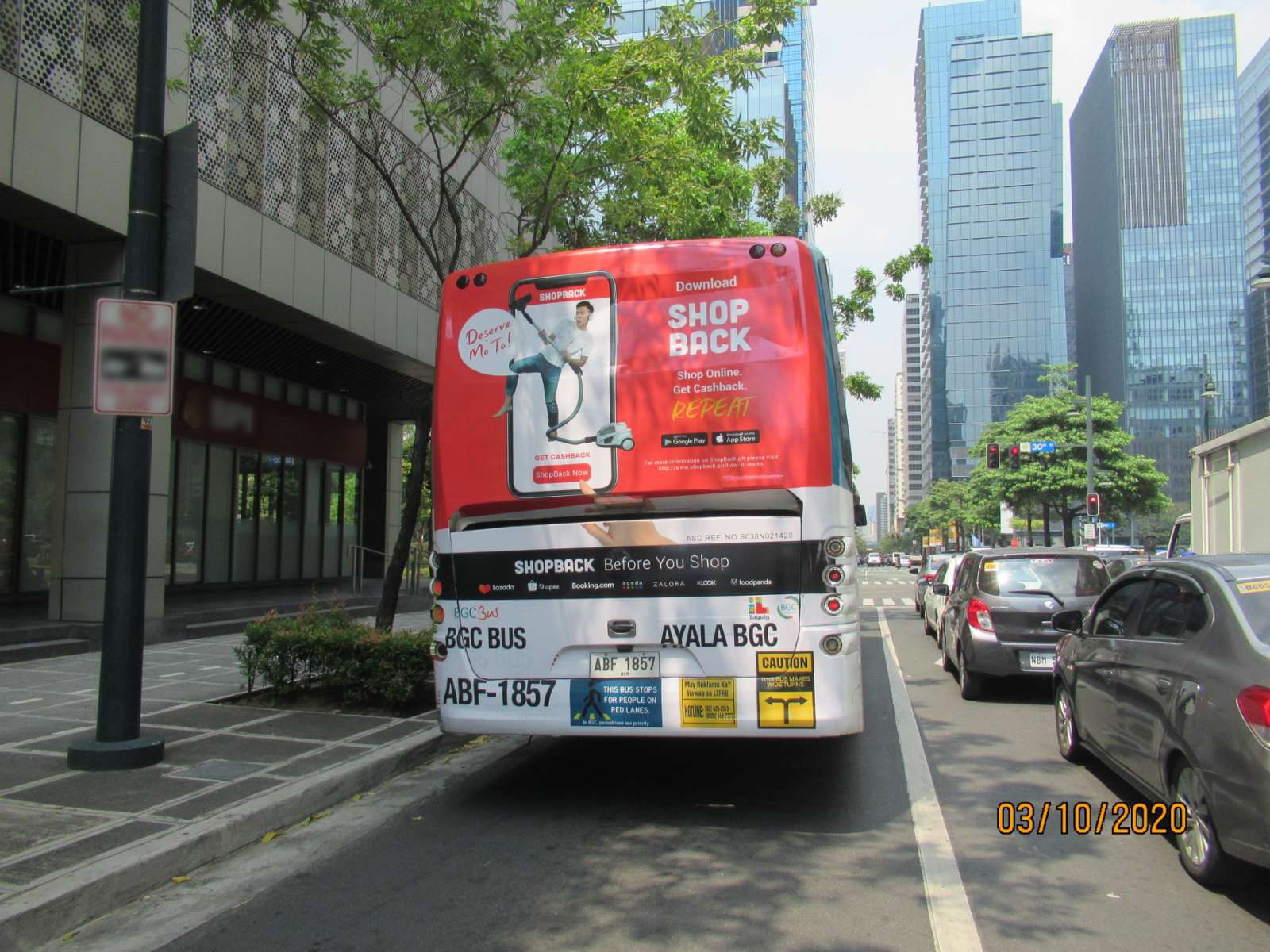Transit Advertising Philippines: Get To Hundreds Of Travelers Daily
Wiki Article
Comprehending the Duty of Transportation Marketing in Enhancing Brand Name Visibility and Consumer Interaction
Transportation advertising and marketing has emerged as an essential aspect in the advertising landscape, using one-of-a-kind opportunities for brand names to boost their visibility and involve consumers successfully. With the capability to reach a varied and restricted target market throughout their daily commutes, these advertising techniques are not just about visibility; they have to do with creating significant connections with prospective consumers. As we check out the diverse benefits and innovative methods within transit advertising and marketing, it becomes vital to take into consideration exactly how these elements collectively influence customer understanding and habits, raising inquiries concerning their long-term influence on brand loyalty.Meaning of Transit Marketing
Transportation advertising and marketing refers to the technique of advertising products, solutions, or brands through promotions placed in and around mass transit systems. This type of marketing encompasses a selection of placements, including posters on buses and trains, digital displays at transportation stations, and wraps on the exterior of cars. It intends to reach a varied audience, capitalizing on the high foot website traffic connected with public transportation.Transit marketing is tactically positioned to record the interest of travelers, who frequently spend significant time waiting or taking a trip. By incorporating advertisements right into the everyday regimens of people, brands can develop a long lasting impact and foster brand recognition. The medium is particularly reliable in urban settings, where mass transit is a main setting of travel.
In addition, transit marketing can facilitate localized targeting, permitting services to get to particular demographics based on transit paths and terminal locations. As metropolitan populaces grow and the usage of public transport boosts, this advertising approach has gained prominence as an essential component of integrated advertising and marketing approaches. The dynamic nature of transportation advertising and marketing, incorporated with its capacity to engage consumers in a captive setting, emphasizes its significance in contemporary advertising and marketing methods.
Benefits of Transportation Advertising And Marketing
The performance of transit marketing depends on its capacity to provide a wide variety of benefits to brands seeking to boost visibility and engagement. One of the primary advantages is the substantial reach it offers; transportation ads can effectively target varied demographics throughout city areas, reaching both commuters and pedestrians alike. This broad exposure significantly increases brand understanding.Another benefit is the high regularity of impacts. As transportation automobiles follow established paths and quit at several places, they create recurring exposure that enhances brand name messages. This regularity promotes knowledge, which is essential in customer decision-making.
Transit advertising is likewise affordable compared to other media platforms. Provided its expansive reach and possibility for high impressions, brands frequently experience a lower expense per thousand impressions (CPM), optimizing their advertising budget plan.
Moreover, transit ads can develop a sense of area connection. By aligning with regional transportation systems, brand names can resonate with local target markets and foster a feeling of regional satisfaction. This local approach enhances brand loyalty and involvement, making transit marketing a compelling choice for businesses aiming to strengthen their existence in the marketplace.

Reliable Techniques for Transportation Projects
To maximize the influence of transit campaigns, brand names should take advantage of tactical preparation and execution tailored to their target market. Initially, determining the group features of the audience utilizing public transportation is vital. This allows brand names to develop individualized messaging that reverberates with potential customers.Following, selecting the appropriate transit tools is necessary. Whether using bus covers, train posters, or digital screens, each medium has one-of-a-kind advantages that can boost visibility. For example, lively visuals on bus wraps can bring in attention, while digital advertisements can be upgraded regularly to show timely promos.
Additionally, incorporating a natural branding approach throughout transportation platforms makes sure uniformity and strengthens the brand's identification. Using remarkable taglines and captivating layouts will enhance brand name recall amongst travelers.
Last but not least, timing is a key factor in carrying out effective transit campaigns. Launching projects during peak traveling hours or local events can substantially boost visibility and his comment is here interaction. By utilizing these techniques, brands can efficiently harness the potential of transit advertising, fostering higher recognition and link with their target audience. Ultimately, a well-executed transportation project can drive considerable growth in brand visibility and customer interaction.

Gauging Influence and Involvement
In evaluating the effectiveness of transit ad campaign, precise measurement of effect and Related Site involvement is crucial for brands seeking to optimize their advertising strategies. Metrics such as reach, frequency, and impacts provide foundational data to examine presence. Evaluating these factors aids determine the number of potential consumers are exposed to the ads during their daily commutes.Involvement can be more determined with consumer interactions, such as website traffic, social networks states, and straight reactions to calls-to-action included in the ads. Making use of devices like QR codes or special URLs can help with tracking of customer behavior directly linked to transportation projects. Studies and responses devices likewise function as important techniques to collect qualitative information on consumer assumptions and recall of the advertisement.
Additionally, advanced analytics and attribution designs can associate transit exposure with subsequent investing in behavior, offering understandings right into the return on financial investment. By utilizing a comprehensive technique that integrates quantitative and qualitative actions, brands can create a nuanced understanding of their transit advertising and marketing influence. Ultimately, this data-driven method makes it possible for brand names to fine-tune their campaigns, ensuring they reverberate successfully with target market and enhance overall brand presence.
Situation Researches of Successful Campaigns
Effective transportation ad campaign function as compelling examples of just how effective methods can boost brand presence and engagement. Transit Advertising Philippines. One significant case is the "I Love New York" campaign, which changed the city's picture and brought in countless visitors. By making use of metro advertisements, signboards, and bus covers, the campaign produced a strong, cohesive brand identity, causing a considerable uptick in tourist and regional organization patronage
An additional excellent campaign is Coca-Cola's "Share a Coke" initiative, which leveraged transportation advertising to individualize the brand name experience. By including prominent names on advertising materials across numerous transit platforms, Coca-Cola fostered a deeper psychological connection with consumers, urging them to share their experiences on social media.
Furthermore, the "Got Milk?" campaign effectively utilized mass transit advertisements to reach a wide audience, strengthening the message of the significance of milk in a balanced diet regimen. The campaign saw a quantifiable boost in milk usage in target demographics.
These study illustrate that when carried out attentively, transit marketing can significantly boost brand name visibility, foster consumer engagement, and drive quantifiable outcomes, demonstrating its crucial function in contemporary marketing methods. - Transit Advertising Philippines
Verdict
Finally, transit advertising and marketing acts as an essential tool for enhancing brand name exposure and cultivating customer involvement. By utilizing strategically put ads within public transport systems, brands can efficiently reach varied target markets and strengthen recognition with consistent direct exposure. The application of targeted messaging and ingenious techniques further magnifies the effect of transportation campaigns. Eventually, the ability to measure engagement and assess successful instance researches emphasizes the performance of transit advertising in driving brand loyalty and customer interactions.Transportation advertising has actually emerged as a critical component in the advertising landscape, offering distinct possibilities for brands my review here to elevate their exposure and involve consumers efficiently.Additionally, transit advertising and marketing can assist in local targeting, permitting services to reach certain demographics based on transportation routes and terminal locations.In assessing the effectiveness of transit advertising projects, accurate dimension of influence and involvement is necessary for brand names looking for to maximize their advertising and marketing techniques.Successful transportation advertising projects offer as compelling examples of just how effective approaches can boost brand name exposure and engagement.In verdict, transit advertising and marketing serves as a vital device for improving brand visibility and cultivating consumer engagement.
Report this wiki page